Caspian Gull Larus cachinanns
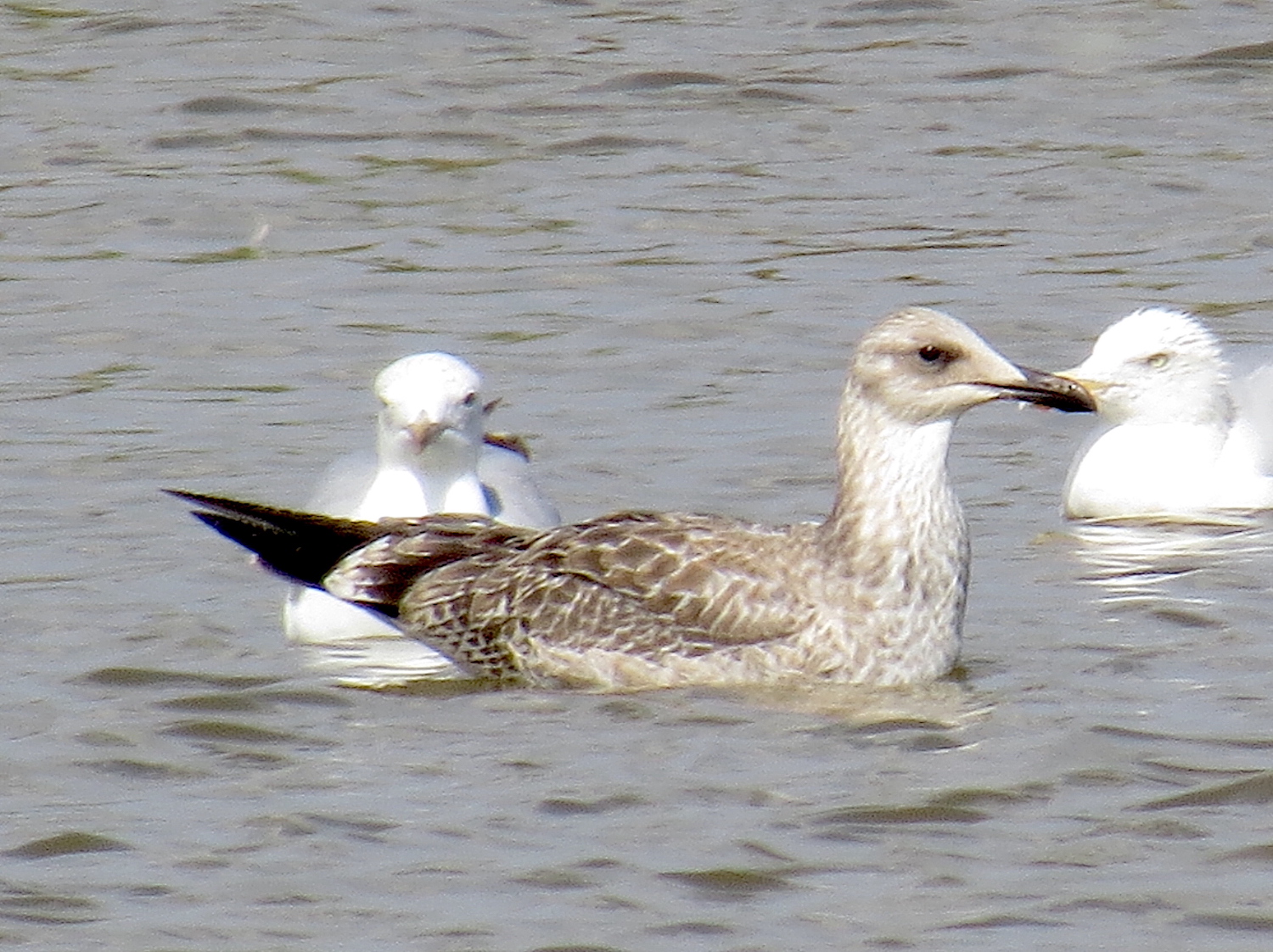
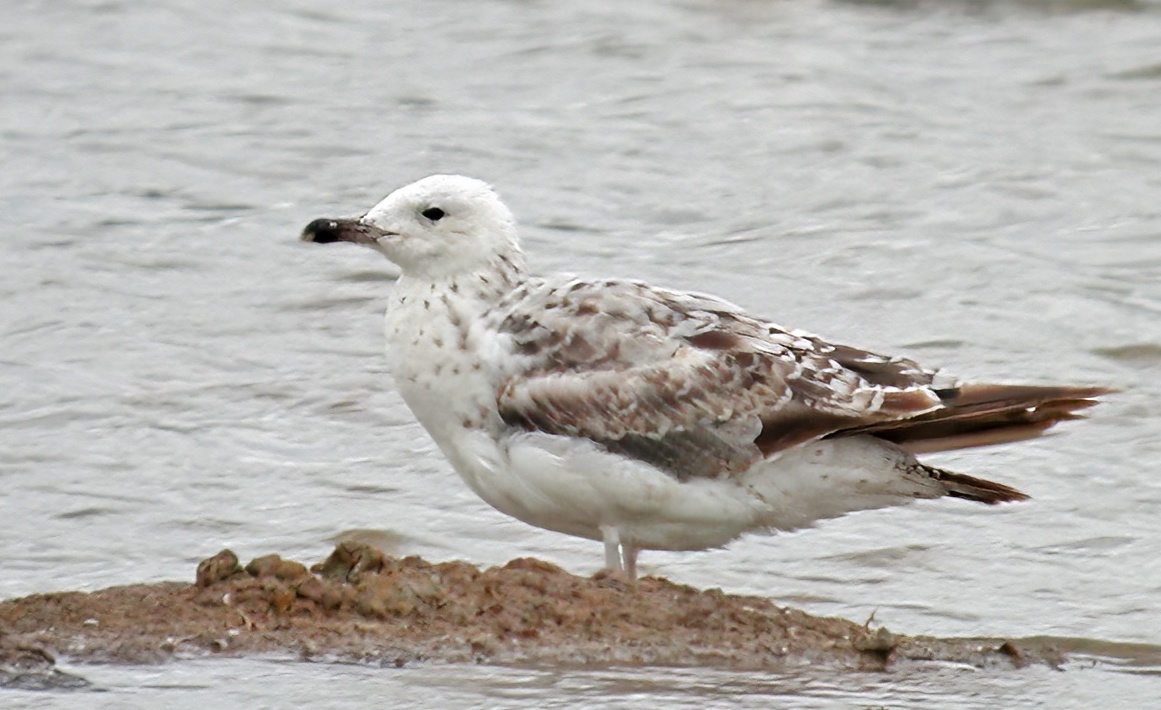
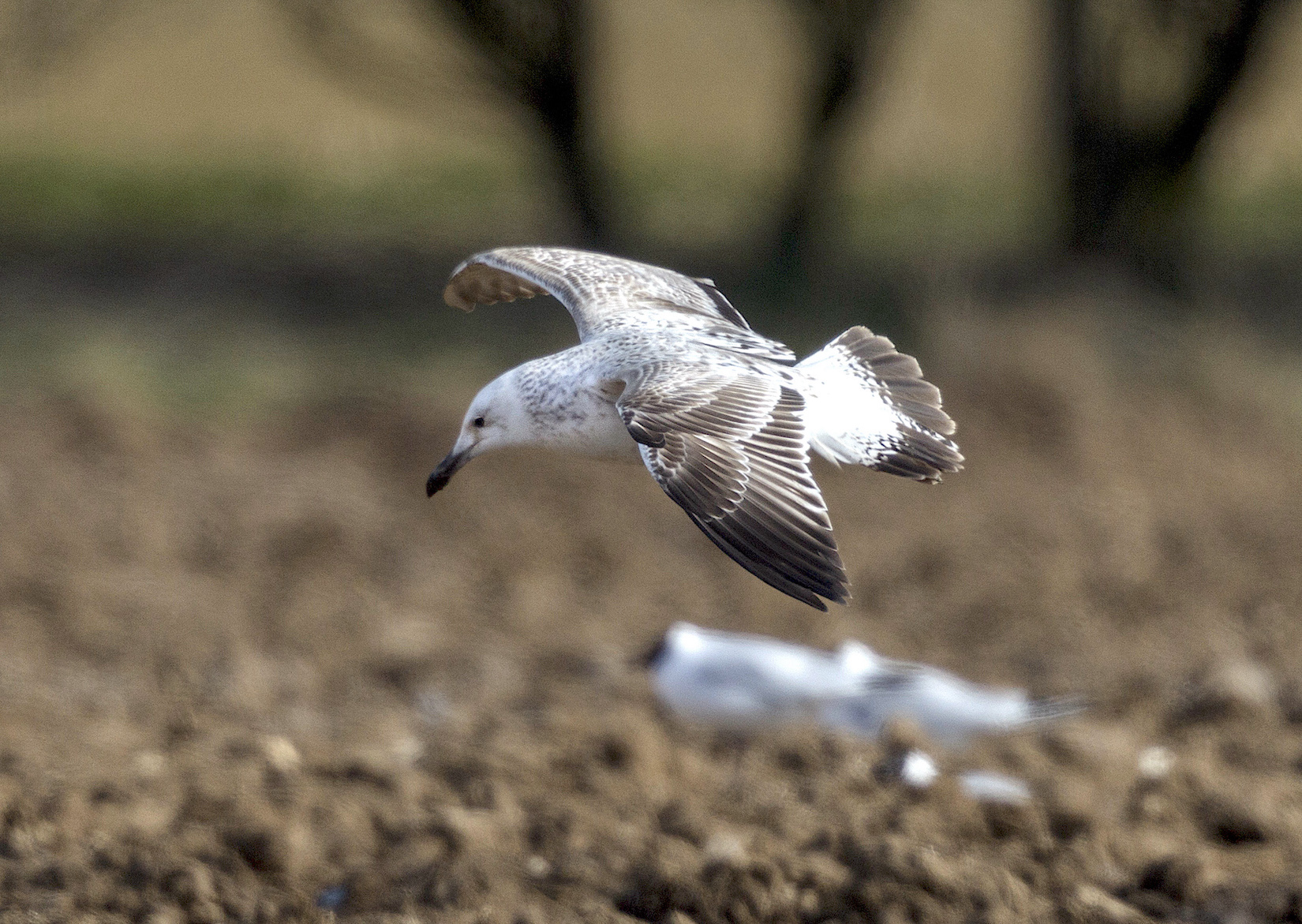
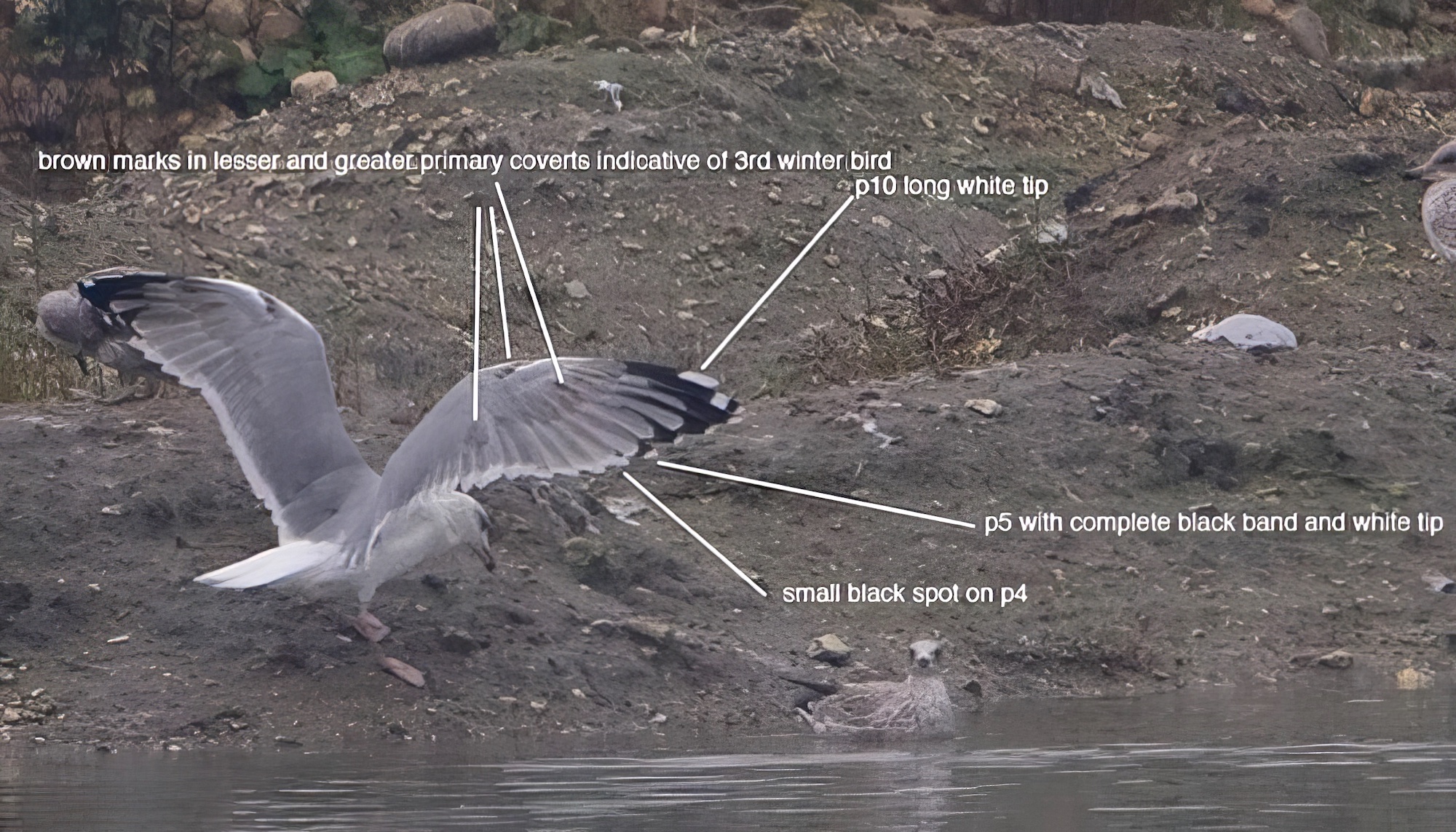
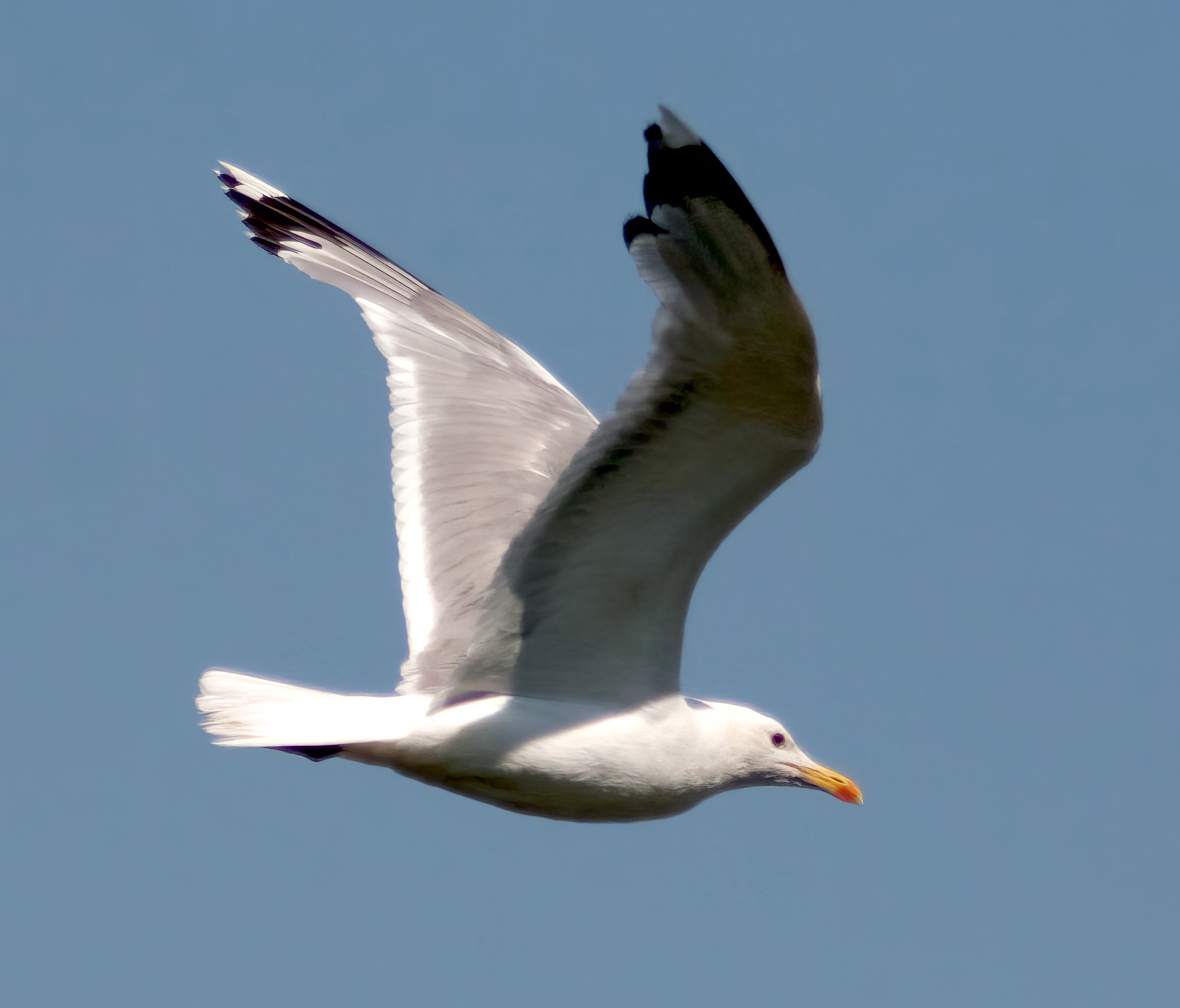
Caspian Gull Larus cachinnans was recognised as a separate species from Herring Gull L. argentatus in 2007 (Sangster et al 2007) and is monotypic. There is little or no hybridization with Yellow-legged Gull, L. michahellis, in area of contact (or near-contact) around the Black Sea, plus there are clear suites of morphological characters and unique use of open-wing display during Long Call (HBW 2018). It was formerly a taxon considered by BBRC but this responsibility was devolved to local committees post-1999. A thorough review of the identification criteria was published in British Birds in two parts in 2010 and 2011. It is noteworthy that in the summer of their fourth calendar year, the third complete moult brings in fourth generation primaries and once complete, birds are generally regarded as being fully adult (Gibbins et al 2010).
As with Yellow-legged Gull, L. michahellis, it is interesting to note the accounts in past Lincolnshire Bird Reports which included records of birds of “one or other of the yellow-legged races” within the account for Herring Gull, L. argentatus. The 1992 report was the first one to treat Yellow-legged Gull (Larus michahellis) and Herring Gull as separate species; following the taxonomy of the time there were still two sub-species, nominate cachinnans (Caspian Gull) and michahellis (Yellow-legged Gull). Only michahellis was recorded in that year. The 2003-2007 Rare & Scarce Bird Report is the first to record these two sub-species as full species: Yellow-legged Gull, L. michahellis, and Caspian Gull, L. cachinnans. Caspian Gull was first recorded in Britain in September 1995, and in Lincolnshire in 1999; it was still regarded as the nominate sub-species of Yellow-legged Gull, L.c.cachinnans at that time. A juvenile Caspian Gull recorded in the county on August 18th 2011 at Millennium Green, North Hykeham, represented the first county record of this age class.
The charts below show annual totals and the numbers per month from 1999 to 2016, with adult (4CY+) and immature birds charted separately. The numbers per month represent the total recorded each month so one individual staying for four consecutive months is recorded four times in this particular chart. Unlike Yellow-legged Gull, there are clearly significant, but small numbers, present in the county throughout the year. Although a small sample, the proportion of adults is lowest during March-June as expected with birds returning to and present on their breeding grounds from Poland eastwards. Non-breeding birds arrive from July onwards and July-August are the only months when fresh plumaged juveniles may be seen, peaking mid-September with significant numbers remaining into November. Most have left by December but return migration begins February-March. A returning, one-legged individual was seen in the Gainsborough and Lincoln areas in most years between December 2004-June 2014 (photograph above). Colour-ringed individuals from Polish and German colonies are also regularly recorded. However, since 2013 there have been a number of landfill site closures that may have contributed to the lower totals since then.
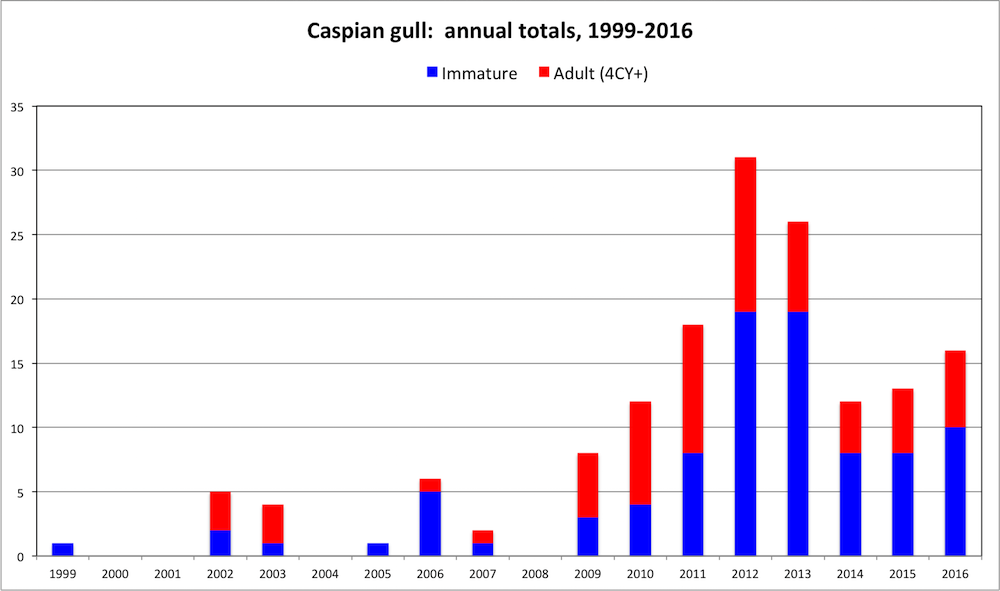
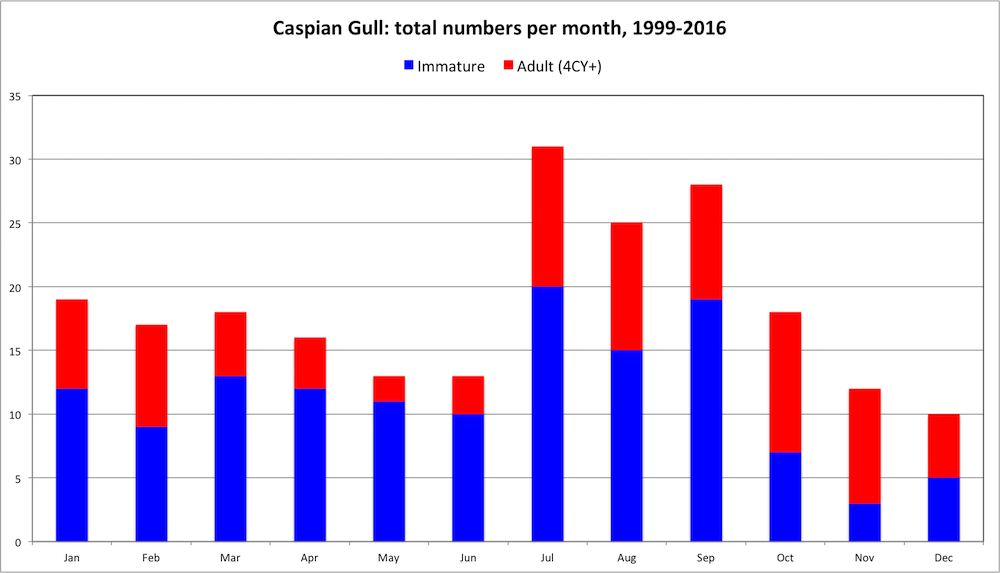
References
Burger, J., Gochfeld, M., Kirwan, G.M. & Garcia, E.F.J. (2018). Caspian Gull (Larus cachinnans). In: del Hoyo, J., Elliott, A., Sargatal, J., Christie, D.A. & de Juana, E. (eds.). Handbook of the Birds of the World Alive. Lynx Edicions, Barcelona. (retrieved from https://www.hbw.com/node/53983 on 6 April 2018).
Gibbins C., Small B.J. & Sweeney, J. (2010). Identification of Caspian Gull. Part 1: typical birds. British Birds 103: 142-183.
Gibbins, C., Neubauer, G. and Small, B.J. (2011). Identification of Caspian Gull. Part 2: phenotypic variability and the field characteristics of hybrids. British Birds 104: 702-742.
Sangster, G., Collinson, J.M., Knox, A.G, Parkin, D.T., and Svensson, L. (2007). Taxonomic recommendations for British birds: Fourth report. Ibis 149: 835-857.
(Account prepared April 2018; updated with reference to the new Birds of Lincolnshire (2021) September 2022)
